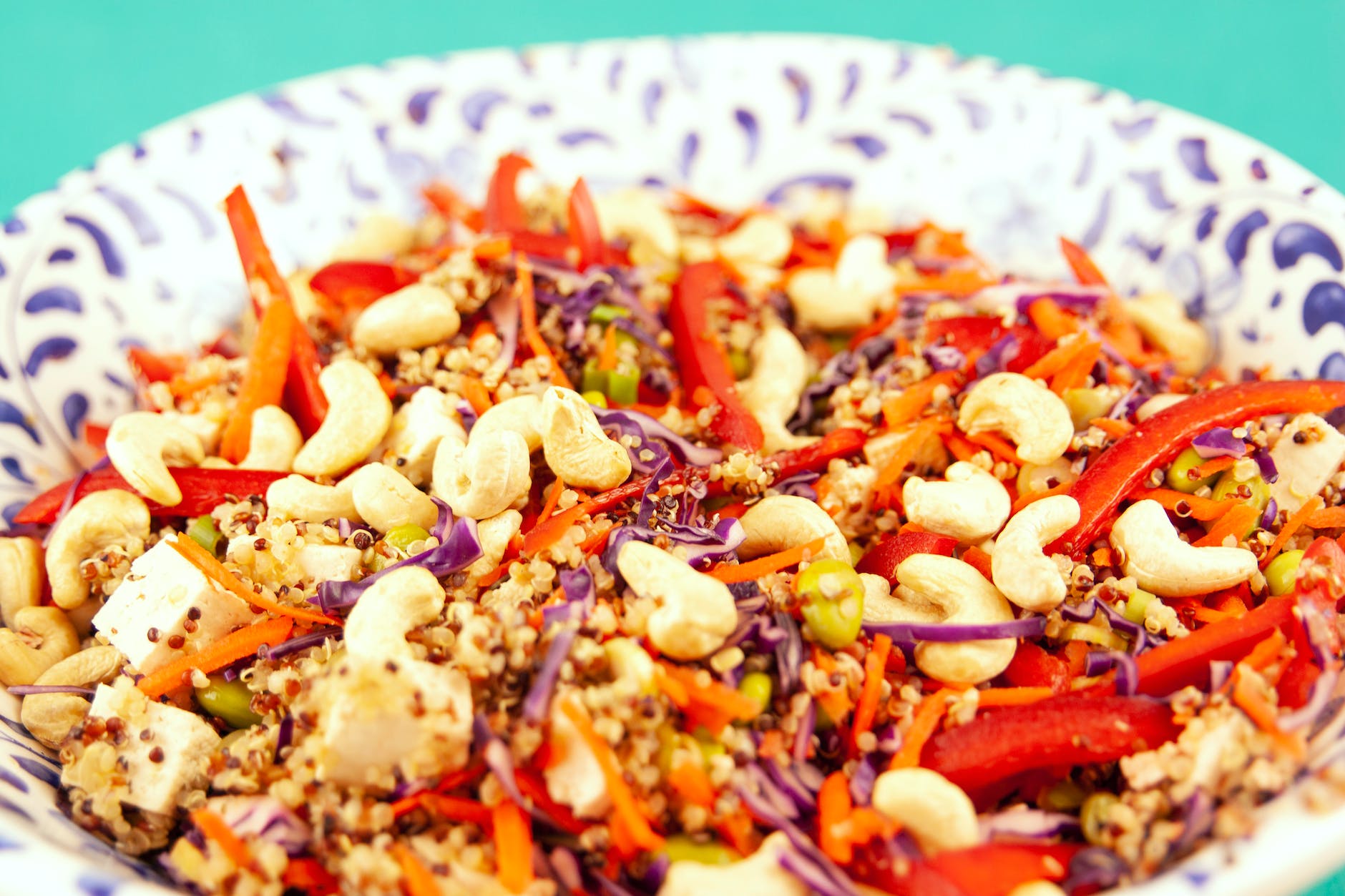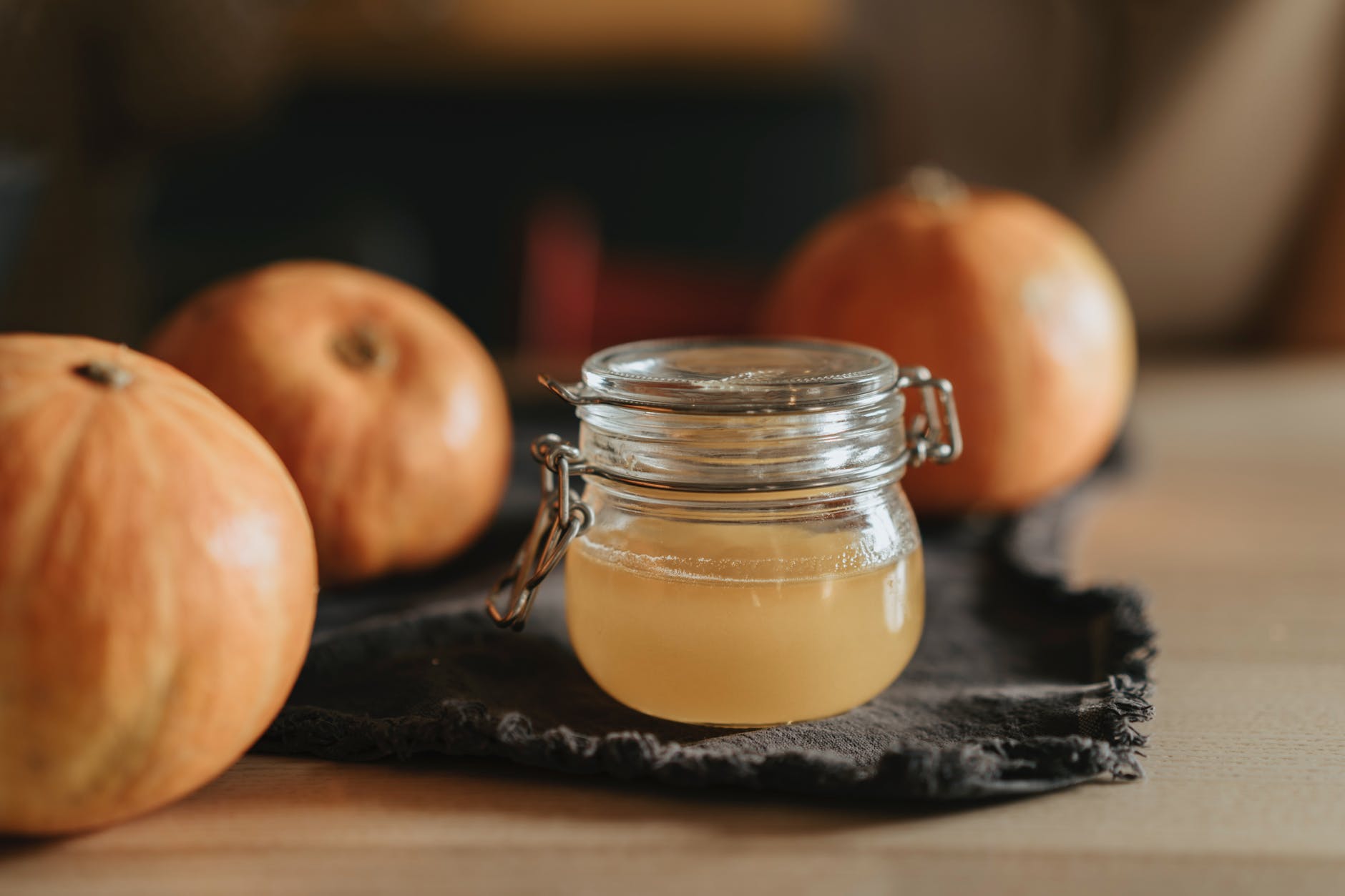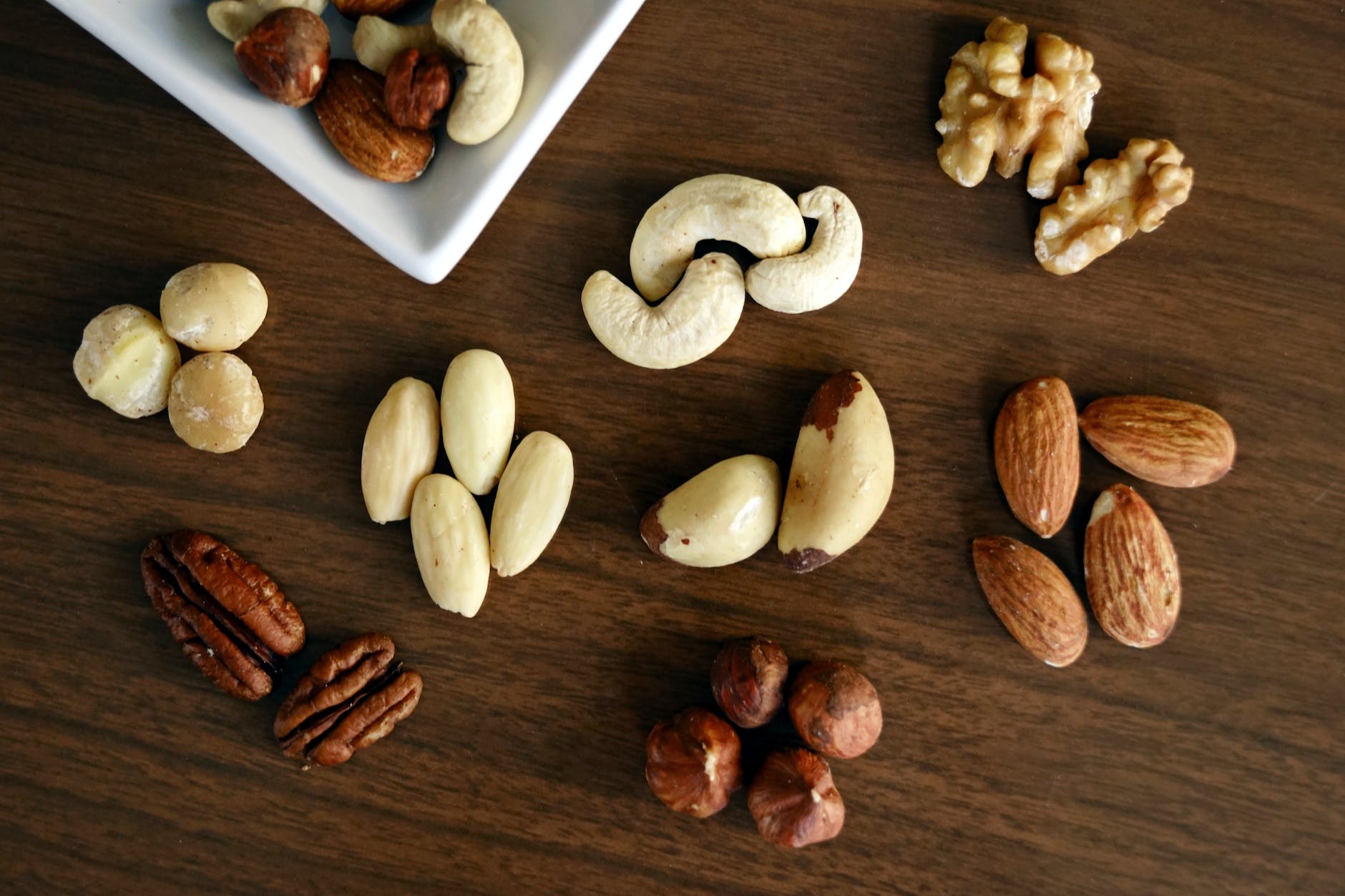
Introduction 😊
The ketogenic diet has gained immense popularity for its ability to promote weight loss, enhance mental clarity, and improve overall health. By drastically reducing carbohydrate intake and increasing healthy fat consumption, the ketogenic diet encourages the body to enter a state of ketosis, where it primarily burns fat for fuel. While the ketogenic diet focuses on macronutrient ratios, it is crucial to choose foods that provide optimal nutrition while staying within the parameters of the diet. Nuts are a nutritious and satisfying addition to the ketogenic diet, offering a variety of health benefits. In this comprehensive guide, we will explore the best nuts for the ketogenic diet, helping you maximize nutritional benefits while staying in ketosis.
1. Macadamia Nuts 🌰
Macadamia nuts reign supreme as the holy grail of nuts for the ketogenic diet. They are exceptionally high in healthy monounsaturated fats and low in carbohydrates, making them an ideal choice for maintaining ketosis. Macadamia nuts are also rich in fiber, which aids digestion and promotes satiety. Additionally, they provide essential minerals such as magnesium and potassium, which are often depleted during the early stages of ketosis. Enjoy a handful of macadamia nuts as a snack or incorporate them into your meals to add a delicious and nutritious boost to your ketogenic diet.
2. Pecans 🌰
Pecans are another excellent choice for those following the ketogenic diet. These nuts are low in carbohydrates and high in healthy fats, making them a satisfying and nutritious addition to your meals. Pecans are rich in fiber, which helps regulate digestion and supports optimal gut health—a key consideration for those on the ketogenic diet. They also provide a good amount of vitamin E, an antioxidant that promotes overall well-being. Add pecans to salads, use them as a crust for keto-friendly baked goods, or enjoy them as a standalone snack to enhance the nutritional value of your ketogenic diet.
3. Brazil Nuts 🌰
Brazil nuts are a nutrient-dense nut that can be enjoyed while following the ketogenic diet. These nuts are low in carbohydrates and high in healthy fats, providing a satisfying crunch and a range of nutritional benefits. Brazil nuts are an excellent source of selenium, a mineral that acts as a powerful antioxidant and supports immune function. They also offer other essential minerals, including magnesium and copper. Selenium is particularly important on the ketogenic diet, as it helps support thyroid function and aids in the conversion of thyroid hormones. Enjoy a couple of Brazil nuts as a snack or incorporate them into your meals to boost the nutritional profile of your ketogenic diet.
4. Walnuts 🌰
Walnuts are a versatile and nutritious nut that can be incorporated into the ketogenic diet. While they contain a slightly higher carbohydrate content than some other nuts, they are still a suitable option when consumed in moderation. Walnuts are rich in healthy fats, including omega-3 fatty acids, which have been shown to support heart health and brain function. They also provide fiber, protein, and a variety of essential nutrients. The omega-3 fatty acids in walnuts contribute to reducing inflammation in the body, which is beneficial for overall health and well-being. Add walnuts to salads, use them as a crunchy topping for keto-friendly desserts, or enjoy them as a snack to reap their nutritional benefits while maintaining ketosis.
5. Almonds 🌰
Almonds are a popular choice for snacking and can be enjoyed on the ketogenic diet in moderation. While they contain some carbohydrates, almonds are rich in healthy fats, fiber, and protein, making them a satisfying and nutrient-dense option. Almonds also offer vitamin E, magnesium, and antioxidants, which support overall health and well-being. Vitamin E, in particular, is a powerful antioxidant that helps protect the body’s cells from damage caused by free radicals. Enjoy a handful of almonds as a snack or incorporate them into your ketogenic recipes to add texture, flavor, and nutritional value.
6. Hazelnuts 🌰
Hazelnuts are a delicious and nutritious nut that can be enjoyed on the ketogenic diet. They are low in carbohydrates and rich in healthy fats, fiber, and essential nutrients. Hazelnuts offer vitamin E, manganese, and folate, which contribute to overall health and well-being. Vitamin E is particularly beneficial on the ketogenic diet, as it acts as an antioxidant, protecting the body’s cells from oxidative stress. Manganese is essential for metabolism and bone health, while folate supports cell function and DNA synthesis. Incorporate hazelnuts into your meals or enjoy them as a snack to add a delightful crunch and a nutritional boost to your ketogenic diet.
7. Cashews 🌰
Cashews are a slightly higher carbohydrate nut option, but when consumed in moderation, they can still be included in the ketogenic diet. They offer a creamy texture and provide healthy fats, protein, and dietary fiber. Cashews are also a good source of minerals such as magnesium and copper, which play essential roles in various bodily functions. Magnesium is particularly important on the ketogenic diet as it supports muscle and nerve function, regulates blood sugar levels, and contributes to energy production. Enjoy cashews as a snack or use them as a base for keto-friendly sauces and dips to add a delicious and nutrient-rich component to your ketogenic meals.
Conclusion 😊
Choosing the right nuts on the ketogenic diet allows you to maximize nutritional benefits while staying in ketosis. Macadamia nuts, pecans, Brazil nuts, walnuts, almonds, hazelnuts, and cashews are all excellent choices that provide a combination of healthy fats, fiber, and essential nutrients. While nuts are relatively high in calories, their nutrient density, satiating properties, and numerous health benefits make them a valuable addition to a ketogenic meal plan. Remember to practice portion control and incorporate nuts into a well-rounded ketogenic meal plan to enjoy their nutritional benefits while maintaining ketosis.
🌰✨ Harness the power of nuts to enhance your ketogenic journey, enjoy their delicious flavors, and nourish your body with optimal nutrition! 🌰✨













